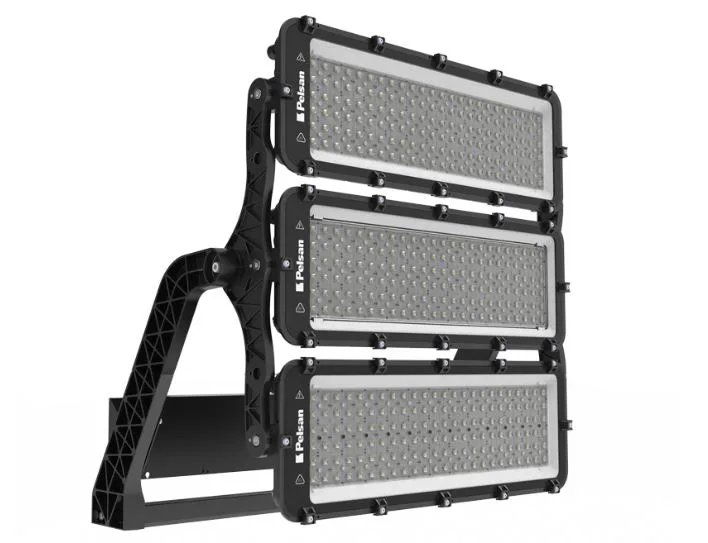How to Choose a Burial Insurance Policy in 2025
As we move further into 2025, the importance of financial planning has only grown more apparent. Among the many tools people are using to protect their loved ones and prepare for the inevitable, a burial insurance policy stands out as one of the most accessible and practical forms of coverage. Often overlooked, burial insurance—also called final expense insurance—is a valuable way to ensure your family isn’t burdened with the high costs of end-of-life expenses.
In this guide, we’ll walk you through everything you need to know about choosing the right burial insurance policy in 2025, including how it works, what to look for, and how to avoid common pitfalls.
What Is a Burial Insurance Policy?
A burial insurance policy is a type of whole life insurance designed to cover funeral expenses, burial or cremation costs, and other end-of-life obligations. Most policies offer death benefits ranging from $5,000 to $25,000, and they are often marketed to seniors or people with health issues who may not qualify for traditional life insurance.
The primary goal is peace of mind. It’s about making sure your loved ones aren’t scrambling to cover expenses during an already emotional and difficult time.
Why Is Burial Insurance Still Relevant in 2025?
With inflation continuing to affect every sector—including the funeral industry—the average cost of a funeral and burial in the U.S. now exceeds $10,000. Even basic cremation services can cost several thousand dollars. This upward trend makes a burial insurance policy more critical than ever, especially for families living paycheck to paycheck.
Additionally, the simplified underwriting process and minimal medical requirements make it an ideal option for older adults or individuals with preexisting conditions.
Step 1: Understand Your Coverage Needs
Before you start comparing policies, it’s crucial to calculate how much coverage you’ll actually need. Ask yourself:
- Do you prefer burial or cremation?
- Do you want a traditional funeral service or a simple ceremony?
- Do you want to leave money behind for unpaid medical bills or legal costs?
- Will family members need financial help with travel or lodging for the service?
Most experts recommend looking for a burial insurance policy that covers at least $10,000–$15,000 to ensure all necessary expenses are taken care of.
Step 2: Compare Policy Types
There are several types of burial insurance policies to consider:
- Guaranteed Issue Policies
These policies require no medical exam or health questions. You’re automatically approved. However, they come with:
- Higher premiums
- Lower death benefits
- A 2–3 year waiting period before full benefits are paid
- Simplified Issue Policies
These require a basic health questionnaire but no medical exam. They offer:
- Lower premiums than guaranteed issue
- Higher death benefits
- Shorter or no waiting period
- Pre-Need Funeral Insurance
This is bought through a funeral home and is tied to specific funeral arrangements. It ensures your funeral is carried out as planned, but:
- Funds may not be flexible for other expenses
- It’s harder to transfer or cancel
Choose the type that fits your health status, financial situation, and flexibility needs.
Step 3: Evaluate the Insurance Company
Not all insurers are created equal. When choosing a burial insurance policy, it’s essential to go with a reputable and financially stable company. Look for:
- AM Best rating (A- or higher is preferred)
- Positive customer reviews
- Clear, transparent policy terms
- Strong customer support
You want to be confident that the insurer will pay out claims promptly and without unnecessary red tape.
Step 4: Understand the Fine Print
Before signing up, read your policy documents carefully. Pay close attention to:
- Waiting Periods: Many policies don’t pay the full benefit if you die within the first two years (except by accident).
- Premium Structure: Are premiums level for life, or will they increase as you age?
- Cash Value Accumulation: Some whole life burial policies accumulate cash value over time, which you can borrow against.
- Policy Exclusions: Understand what isn’t covered, such as certain high-risk activities or preexisting conditions.
Don’t hesitate to ask your agent or insurer for clarification on any confusing terms.
Step 5: Compare Quotes from Multiple Providers
Shopping around is one of the best ways to find the right burial insurance policy at the best price. Get quotes from at least three different insurers. Make sure you’re comparing:
- Coverage amounts
- Monthly premiums
- Policy type (guaranteed vs. simplified issue)
- Waiting periods
- Cash value options
Use online comparison tools or consult with an independent insurance agent to streamline the process.
Step 6: Consider Your Age and Health
Your age and health status significantly impact the cost and eligibility of a burial insurance policy. Here’s a general breakdown:
| Age Range | Typical Monthly Premium (for $10,000 coverage) |
|---|---|
| 50–59 | $25–$45 |
| 60–69 | $35–$65 |
| 70–79 | $55–$100 |
| 80+ | $90–$150+ |
If you’re in good health, opting for a simplified issue policy may save you money over the long run.
Step 7: Avoid Common Pitfalls
When selecting a burial insurance policy, steer clear of these frequent mistakes:
- Overbuying: Don’t purchase more coverage than your family realistically needs.
- Not Checking for Age Limits: Some insurers won’t issue new policies after a certain age (usually 85).
- Falling for High-Pressure Sales: Always take time to review and compare options. Don’t let anyone rush you.
- Ignoring Reviews or Ratings: Low-rated companies may have issues with claim denials or customer service.
- Not Telling Your Beneficiaries: Always let your loved ones know you have a policy and how to access it.
Step 8: Keep Your Policy Updated
Once you purchase a burial insurance policy, don’t just file it away and forget about it. Revisit it periodically to:
- Update beneficiary information
- Review your coverage needs
- Ensure your premiums are being paid on time
- Adjust for inflation, if necessary
It’s also wise to store a copy with your will or estate documents and inform at least one trusted family member or legal advisor.
Final Thoughts
Choosing a burial insurance policy in 2025 doesn’t have to be overwhelming. With the right approach, you can secure affordable, reliable coverage that protects your family and gives you peace of mind.
Start by assessing your needs, comparing policy types, checking insurer credibility, and reading the fine print. Avoid common traps and don’t rush the decision. A well-chosen burial insurance policy is more than just a financial product—it’s a final gift of love and responsibility to those you leave behind.






